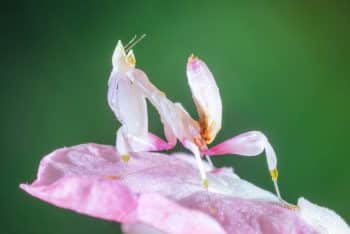

Camouflage is nature’s ultimate survival tool, and some animals have perfected this art to an extraordinary degree. Their ability to blend seamlessly into their surroundings is nothing short of mind-blowing. Whether it’s adapting to the colors of their environment or mimicking objects around them, these animals seem to defy the rules of visibility. From creatures that vanish in plain sight to those that seem to disappear entirely, here are 13 animals that are camouflage masters you truly have to see to believe.
Leaf-Tailed Geckos
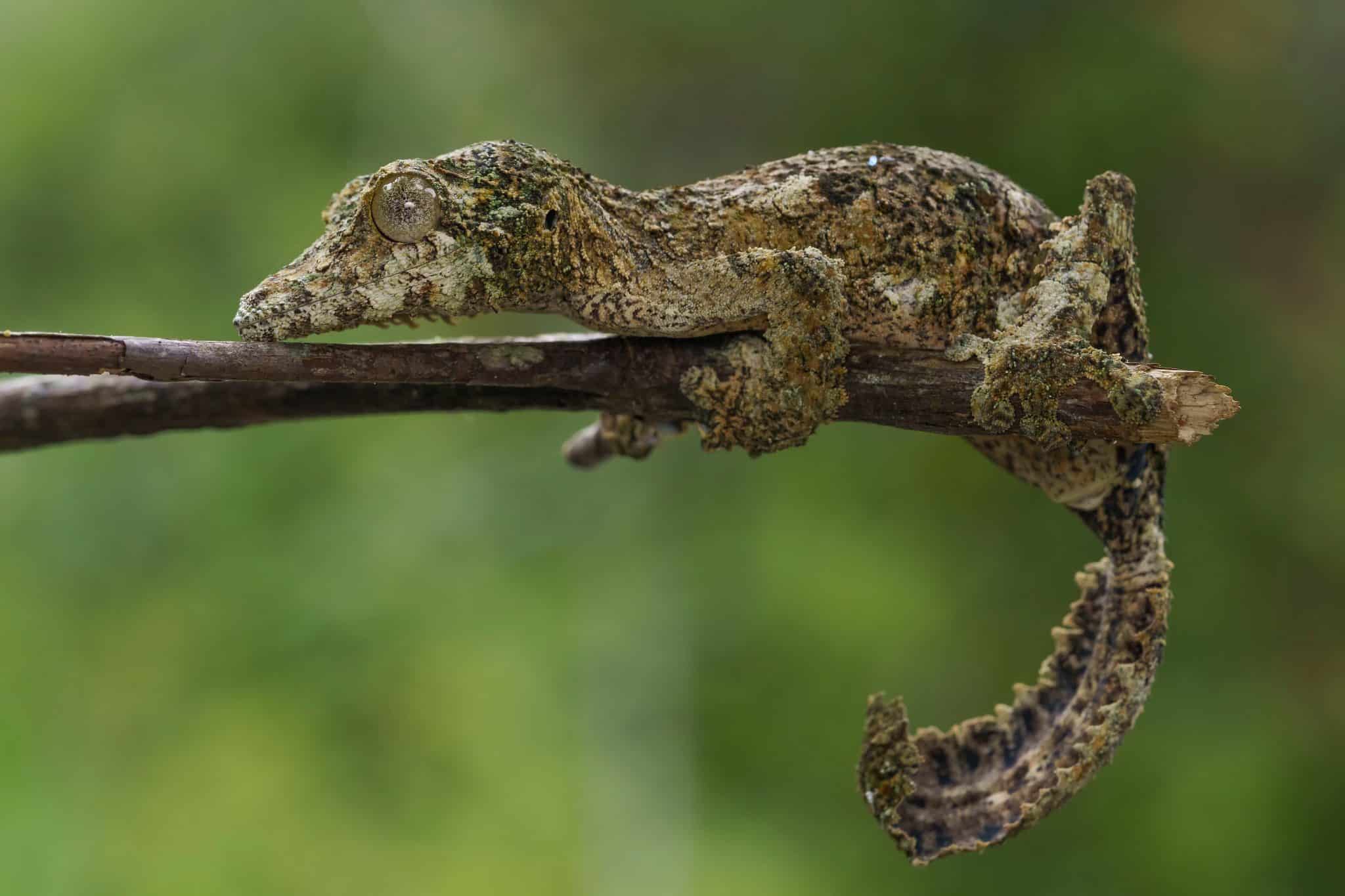
Leaf-tailed geckos are masters of mimicry, blending into their surroundings so well that they can be almost impossible to spot. Found primarily in Madagascar, these reptiles have evolved to look like dead leaves, complete with the same jagged edges and dull colorations. When they remain perfectly still, they become nearly indistinguishable from the foliage around them, making them incredibly difficult for predators to spot. Their tail, in particular, mimics the stem of a leaf, further aiding in their survival by making them appear as nothing more than debris on a tree.
Arctic Fox
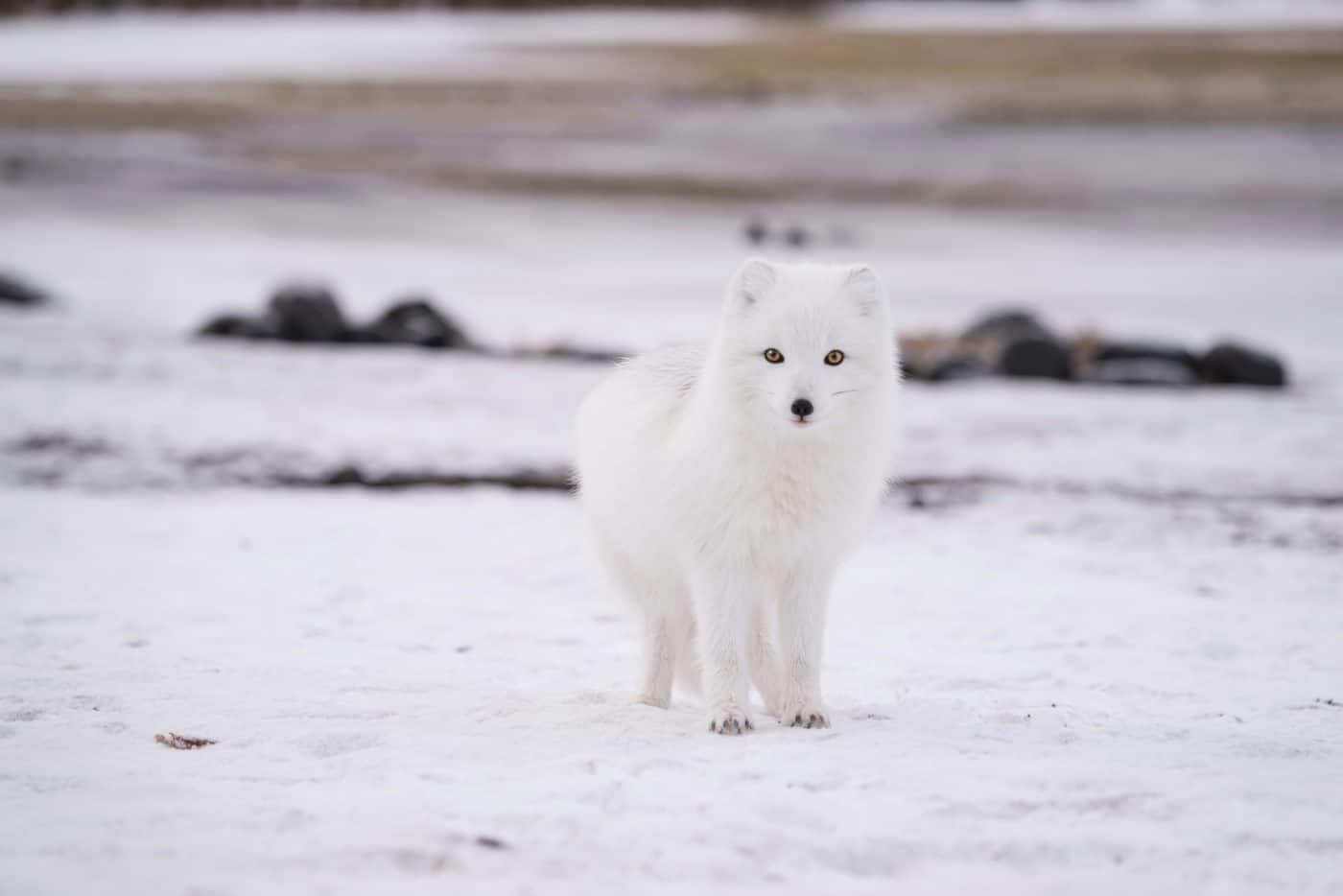
The Arctic fox is a true camouflage master in its snowy home. During the winter, its fur is pure white, helping it blend seamlessly into the snow and ice. In the warmer months, its coat changes to a brown or gray hue, which allows it to blend into the tundra landscape. This seasonal color change not only helps the Arctic fox remain undetected by predators, but it also makes hunting easier, as it can approach its prey without being noticed. The Arctic fox’s ability to adapt to both its environment and the seasons is a testament to nature’s cleverness.
Stonefish

The stonefish is not just a master of camouflage; it’s also one of the most dangerous creatures in the ocean. Resembling a pile of rocks or coral, it blends into the seabed with ease. The stonefish’s appearance is so convincing that even experienced divers may not notice it unless they step too close. Its venomous spines make it a formidable predator, and its camouflage ensures it can ambush prey unsuspecting of the hidden threat below. The stonefish’s ability to stay hidden while hunting makes it one of nature’s deadliest camouflage artists.
Cuttlefish
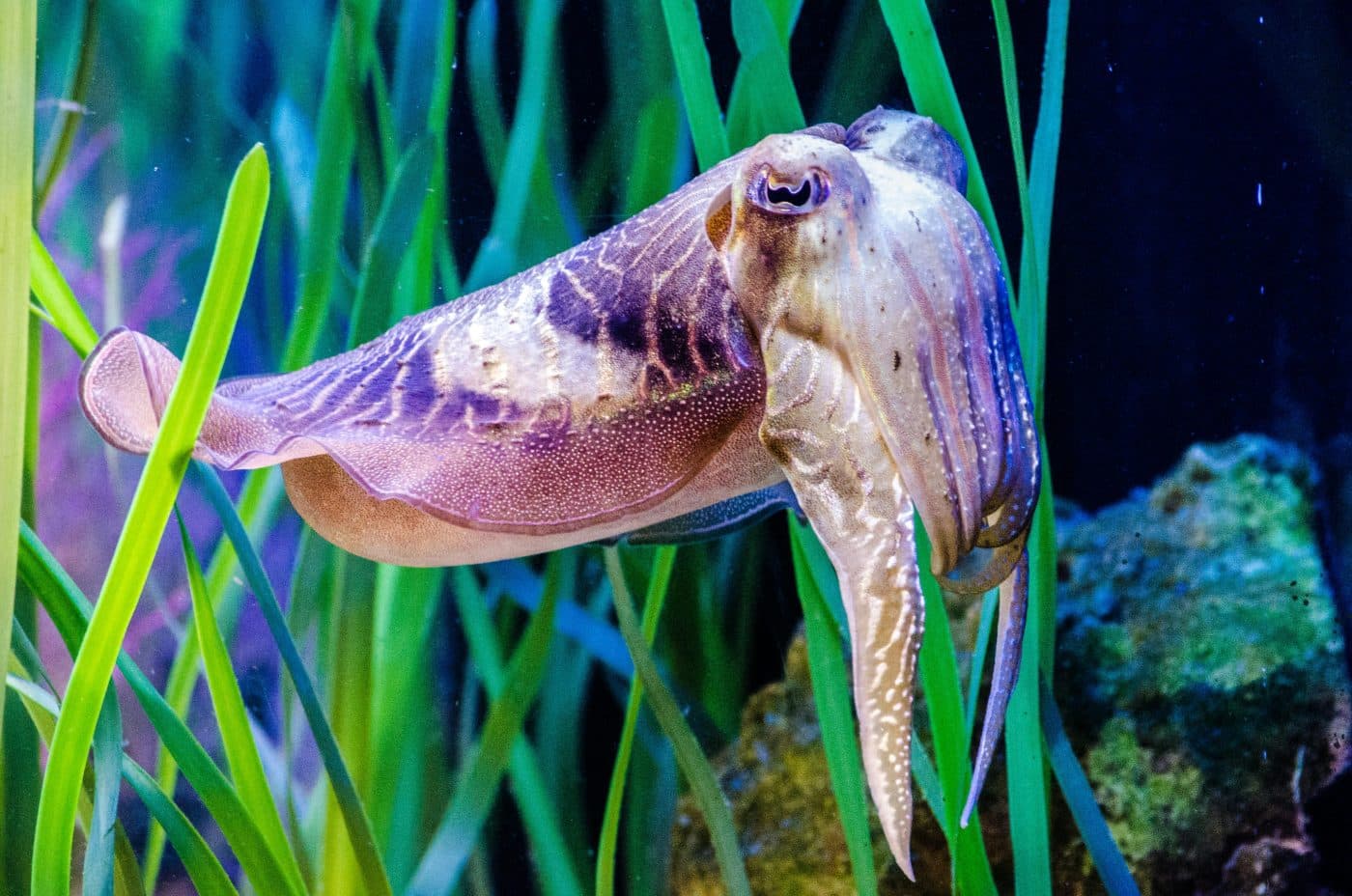
Cuttlefish are often considered the chameleons of the sea, and for good reason. These fascinating creatures can change not only their color but also their texture, making them look like rocks, sand, or even other marine life. Their skin contains specialized cells called chromatophores, which allow them to adjust their hue and pattern with incredible precision. Cuttlefish use their remarkable camouflage to both hide from predators and sneak up on prey. This highly adaptive ability showcases just how advanced animal camouflage can be.
Stick Insects
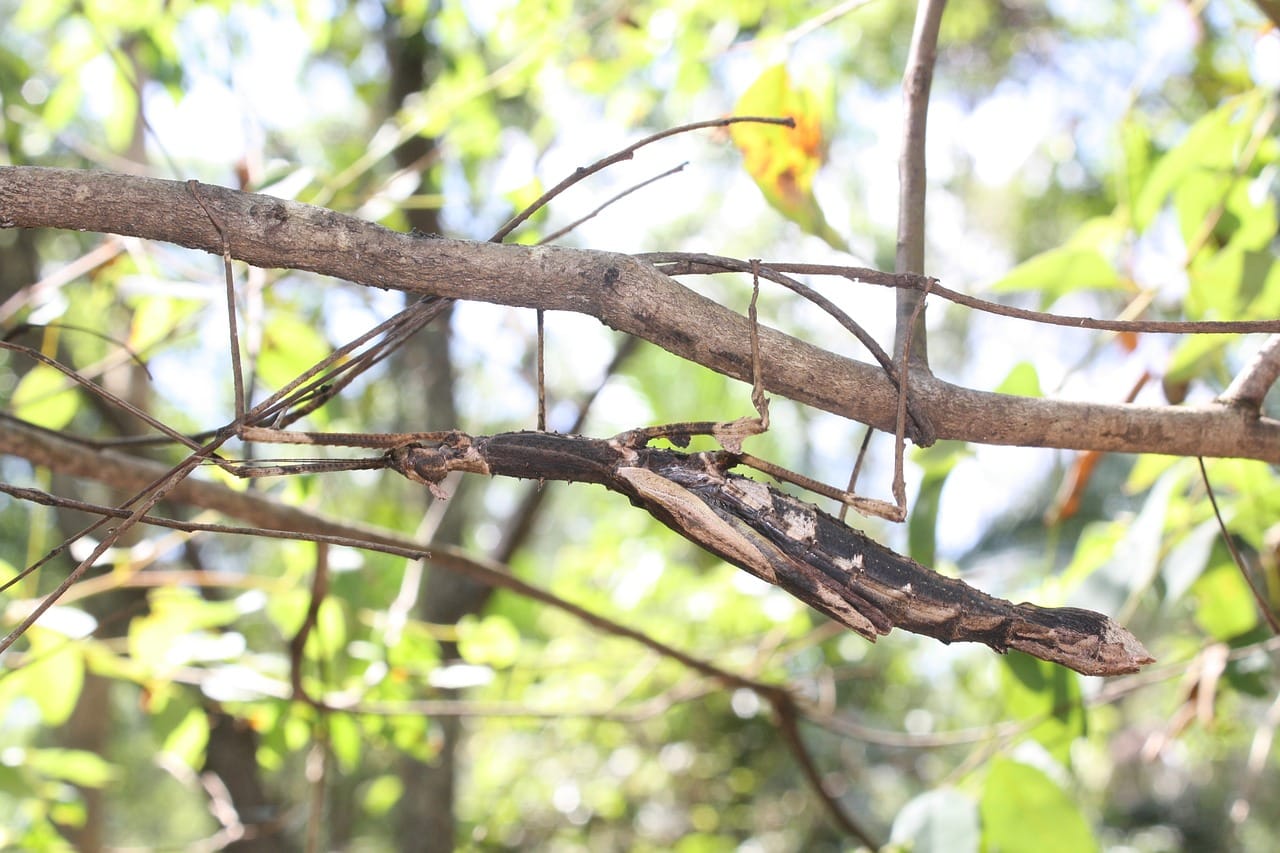
Stick insects, or phasmids, are the kings of blending in with their surroundings. Their bodies are shaped and colored like sticks or twigs, allowing them to remain hidden from both predators and prey. Some species even go a step further by subtly swaying in the wind to mimic the movement of branches or leaves. When threatened, stick insects may freeze and remain motionless, looking like nothing more than a part of the vegetation. Their exceptional disguise makes them nearly invisible in the wild.
Orchid Mantis

The orchid mantis is one of nature’s most striking examples of camouflage. Its body looks almost identical to an orchid flower, with a shape and color that blend perfectly into the petals of the plants it inhabits. This mimicry not only helps the mantis avoid predators but also makes it an incredibly efficient predator itself, as it remains unnoticed by its prey, which are typically insects attracted to flowers. This perfect disguise allows the orchid mantis to wait in ambush and catch its unsuspecting meals without being seen.
Flatfish
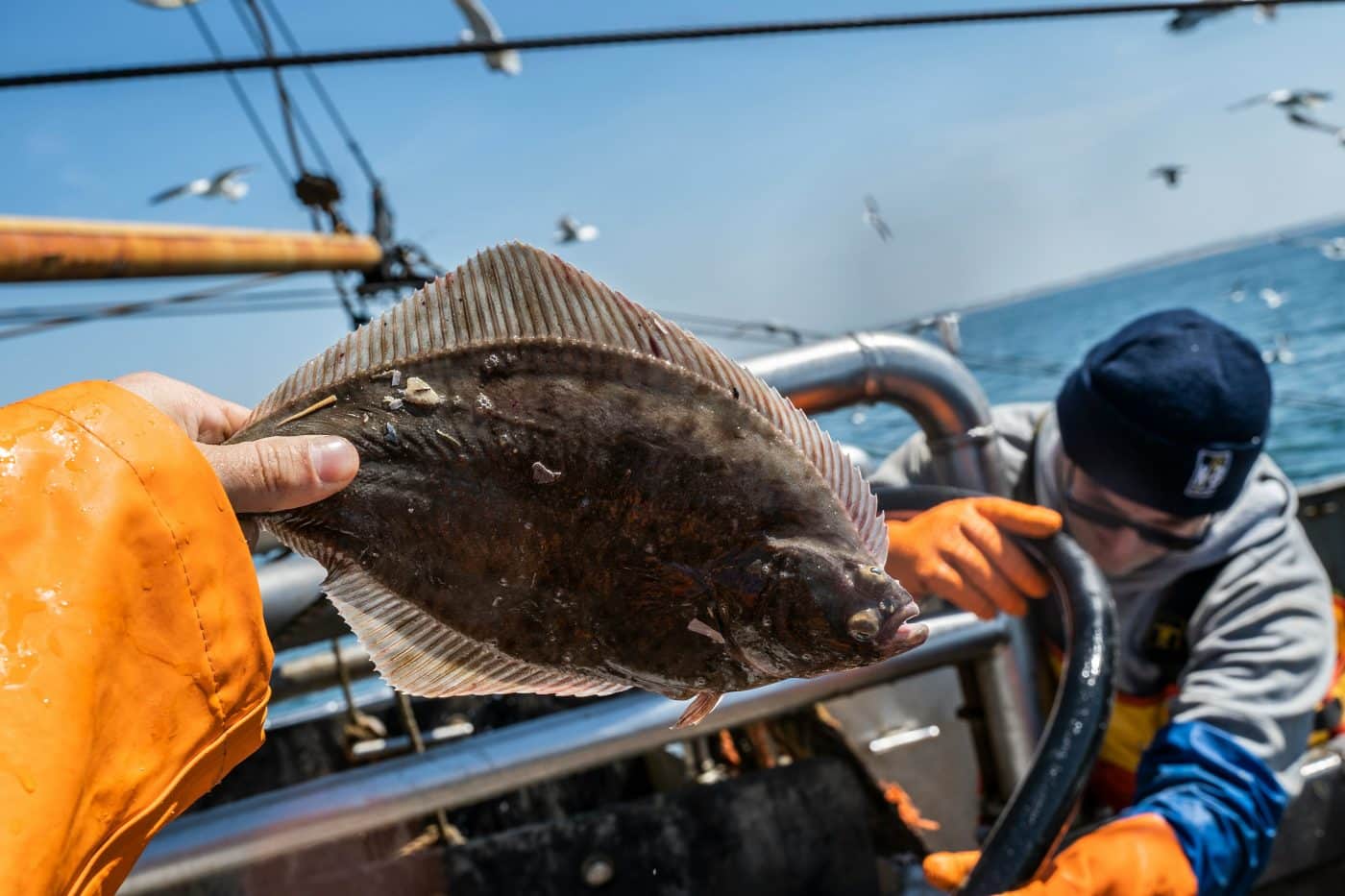
Flatfish, such as flounders and halibuts, are experts at blending into the ocean floor. Their unique flat bodies allow them to lie perfectly still on the seabed, where they match the color and texture of the sand or mud. The ability to camouflage themselves in such a way helps flatfish evade predators and ambush prey. Their camouflage skills are so precise that they can change the color of their skin to match the ocean floor, making them nearly invisible to the naked eye.
Owl Butterfly
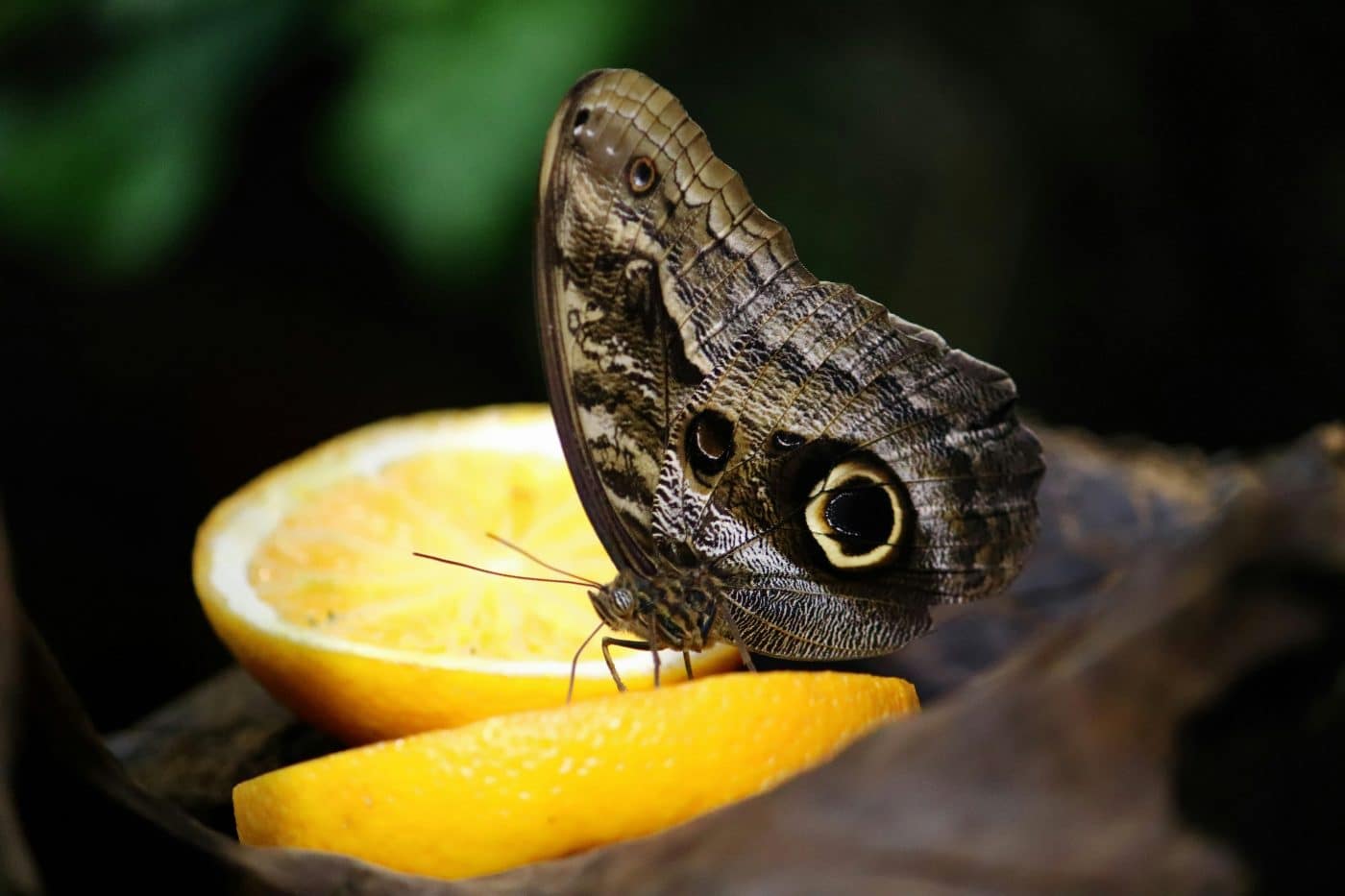
The owl butterfly, native to Central and South America, gets its name from the large, owl-like eyes on its wings, which are used to confuse and deter predators. When threatened, the owl butterfly will display its wings, creating the illusion of a larger, more dangerous animal. These false eyes can make predators think twice about attacking, as they may believe they’re facing a much larger and more aggressive creature. The owl butterfly’s camouflage abilities, along with its intimidating eyespots, make it a master of disguise in the insect world.
Crab Spider
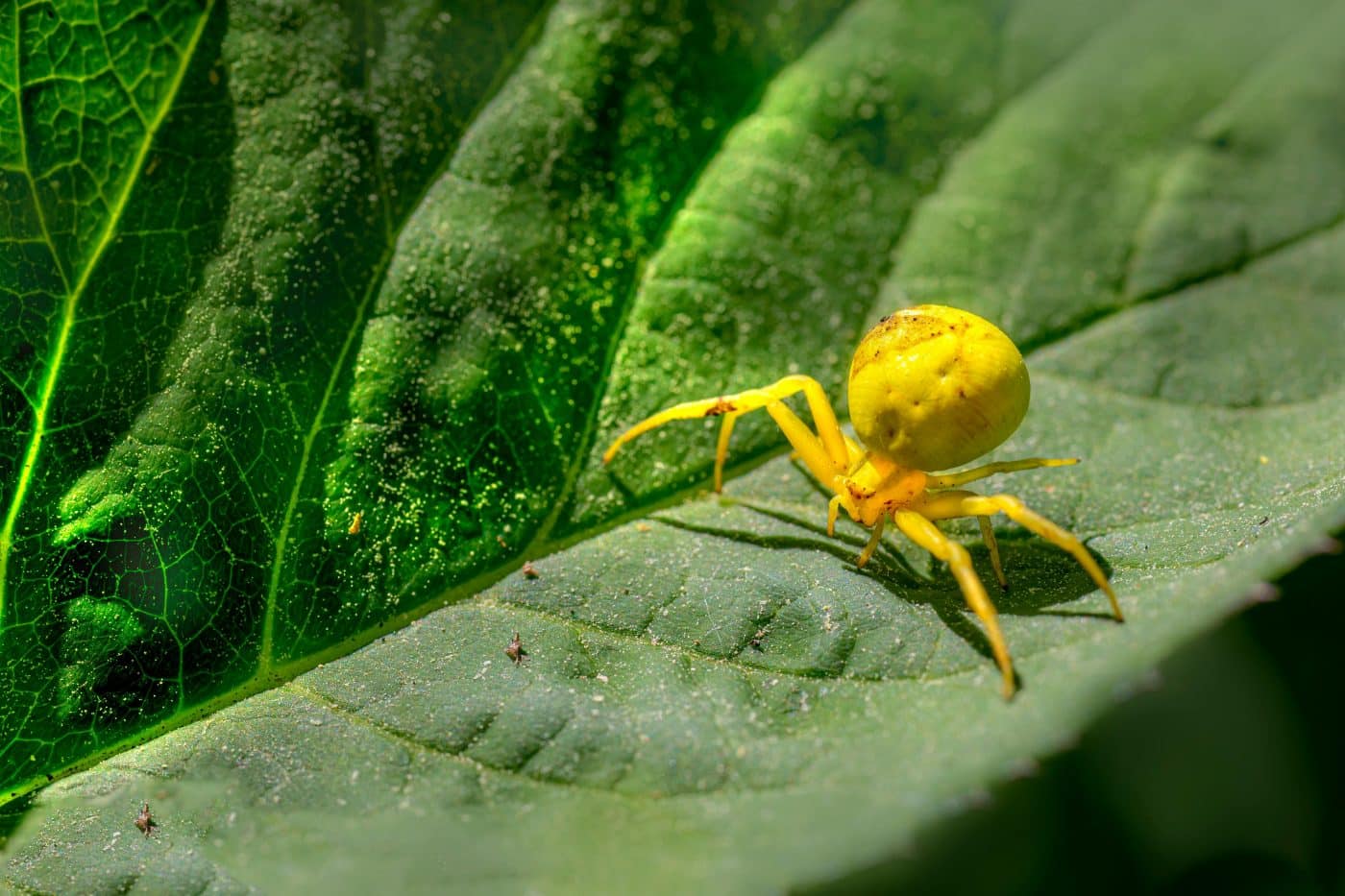
Crab spiders are another brilliant example of nature’s camouflage ingenuity. These spiders are often found sitting motionless on flowers, where their coloration and body shape mimic the petals and textures of the blooms they rest on. This camouflage allows them to wait in ambush for unsuspecting prey, such as pollinating insects, to land nearby. The crab spider’s ability to hide in plain sight, all while lurking in ambush, is a striking demonstration of nature’s ability to combine beauty with predation in the animal world.
Great Horned Owl
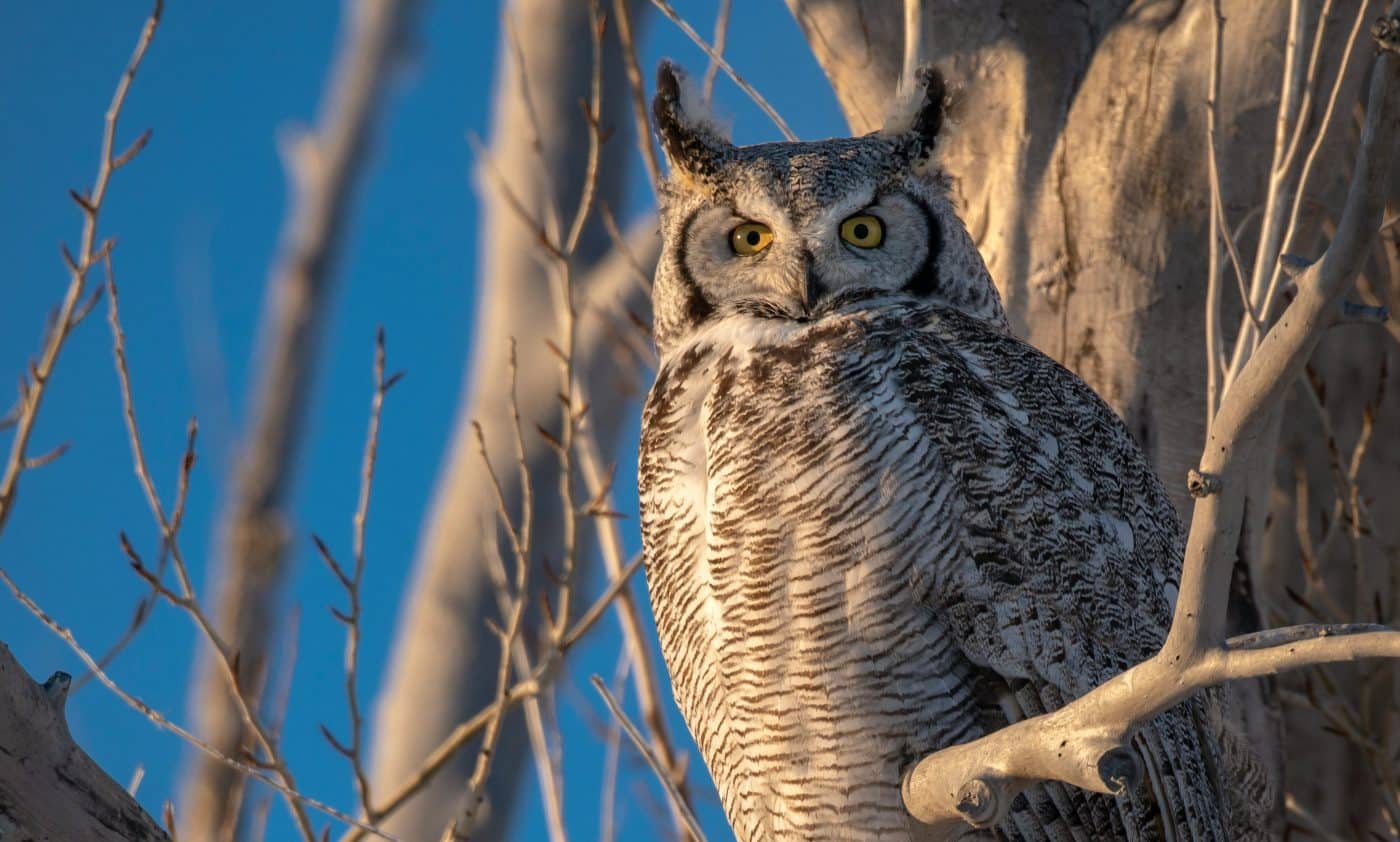
The great horned owl is a stealthy predator that uses its mottled feathers to blend seamlessly into tree bark or dense foliage. Its excellent camouflage helps it stay hidden during the day when it roosts, and it’s almost impossible to spot unless it moves. The owl’s large, owl-like ear tufts also enhance its appearance as part of the tree’s bark. This clever disguise helps it remain safe from potential threats while allowing it to silently watch its prey at night.
Scorpion Fish
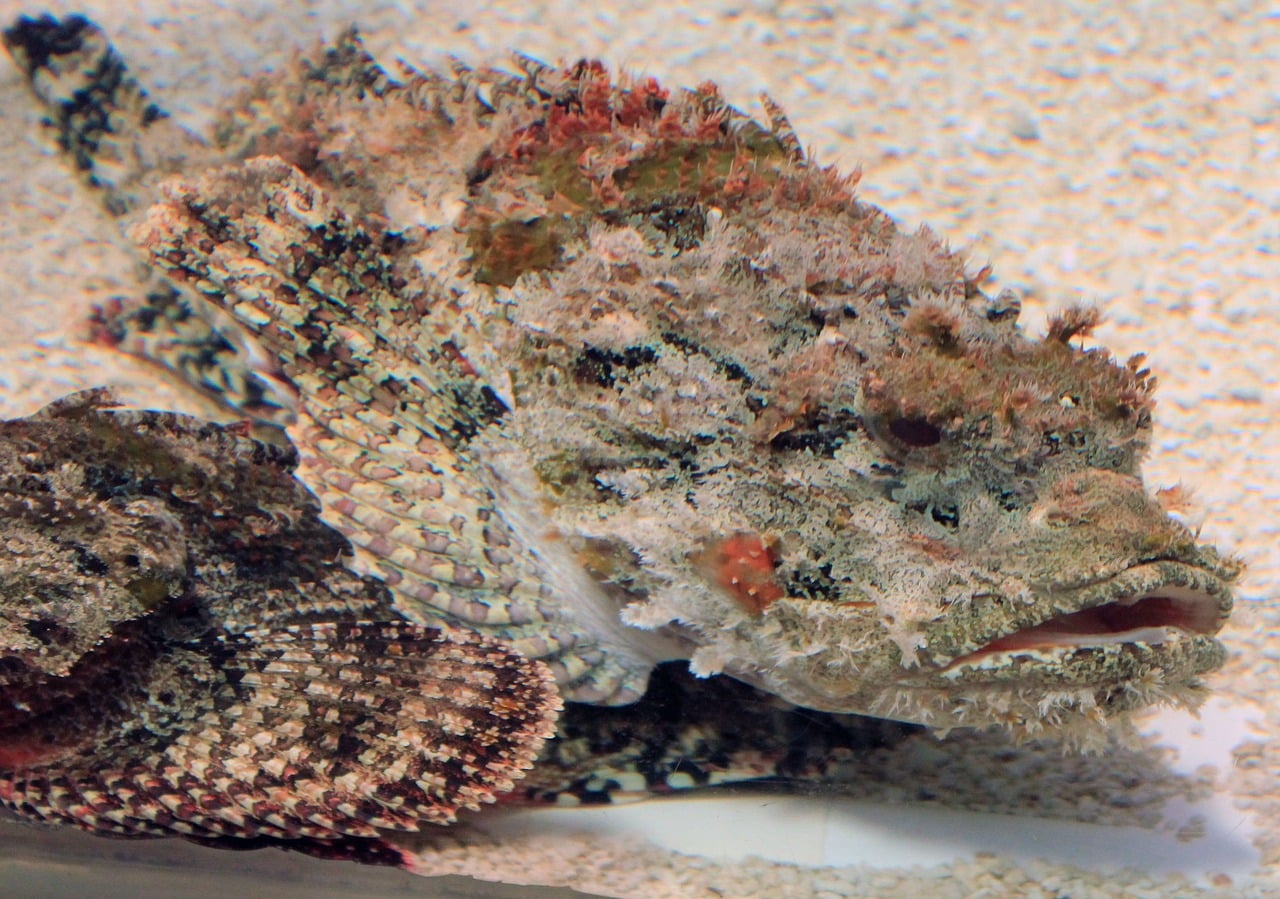
The scorpion fish, known for its venomous spines and lethal sting, is also an expert at blending into the seafloor. Its irregular body shape and spiny fins resemble the rocks and corals where it resides. The fish’s ability to mimic its environment is so effective that even divers sometimes miss it while swimming nearby. The scorpion fish relies on this camouflage not just for safety, but also to ambush prey as they swim too close, unaware of the lurking predator.
Snow Leopard
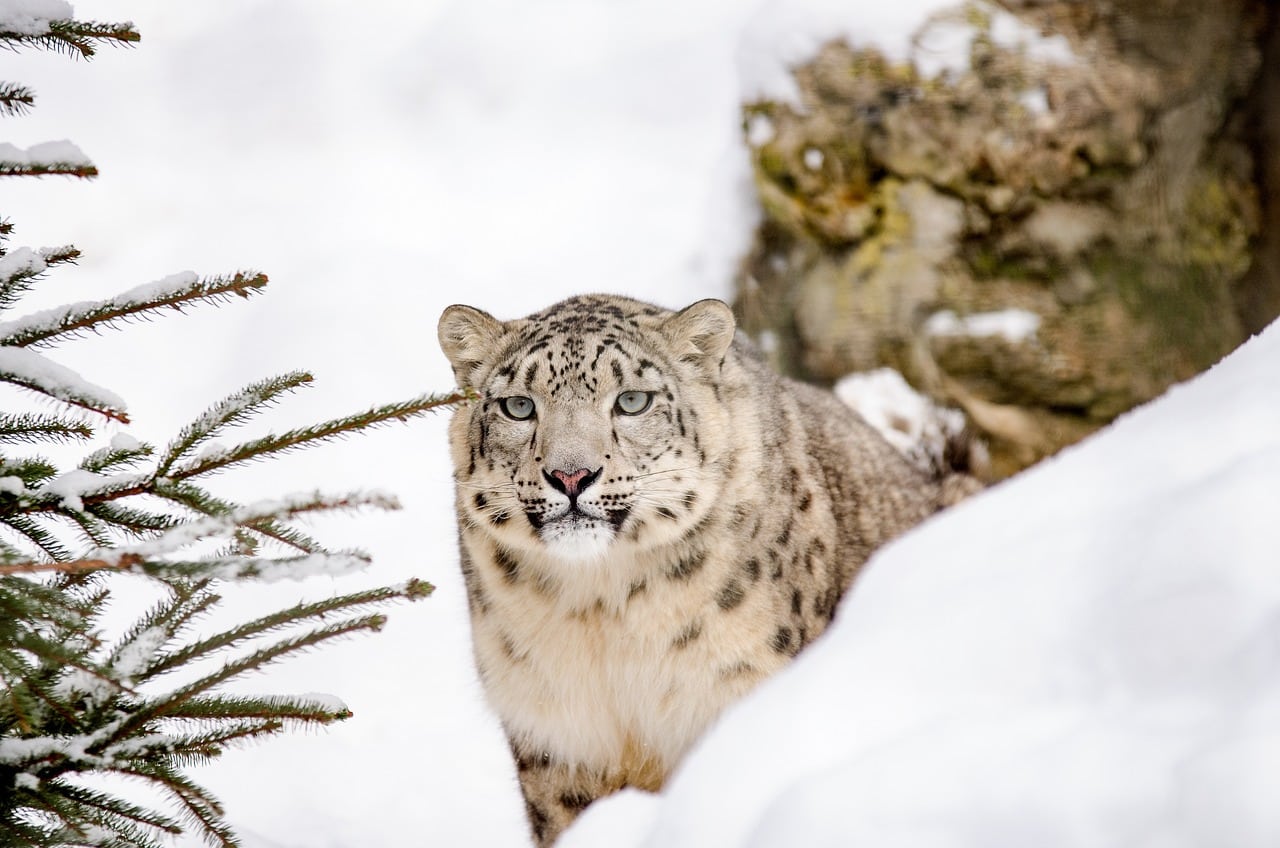
Snow leopards are perfect examples of how predators adapt to their environment through camouflage. Their thick, spotted fur allows them to blend seamlessly into the rocky, snow-covered mountains where they live. This camouflage is essential for stalking their prey, as it helps them remain undetected in a harsh, rugged landscape. Their ability to remain hidden while moving through the snow ensures that they can hunt with precision, taking advantage of every opportunity without alerting their prey.
The Final Act Of Hide-And-Seek Champion
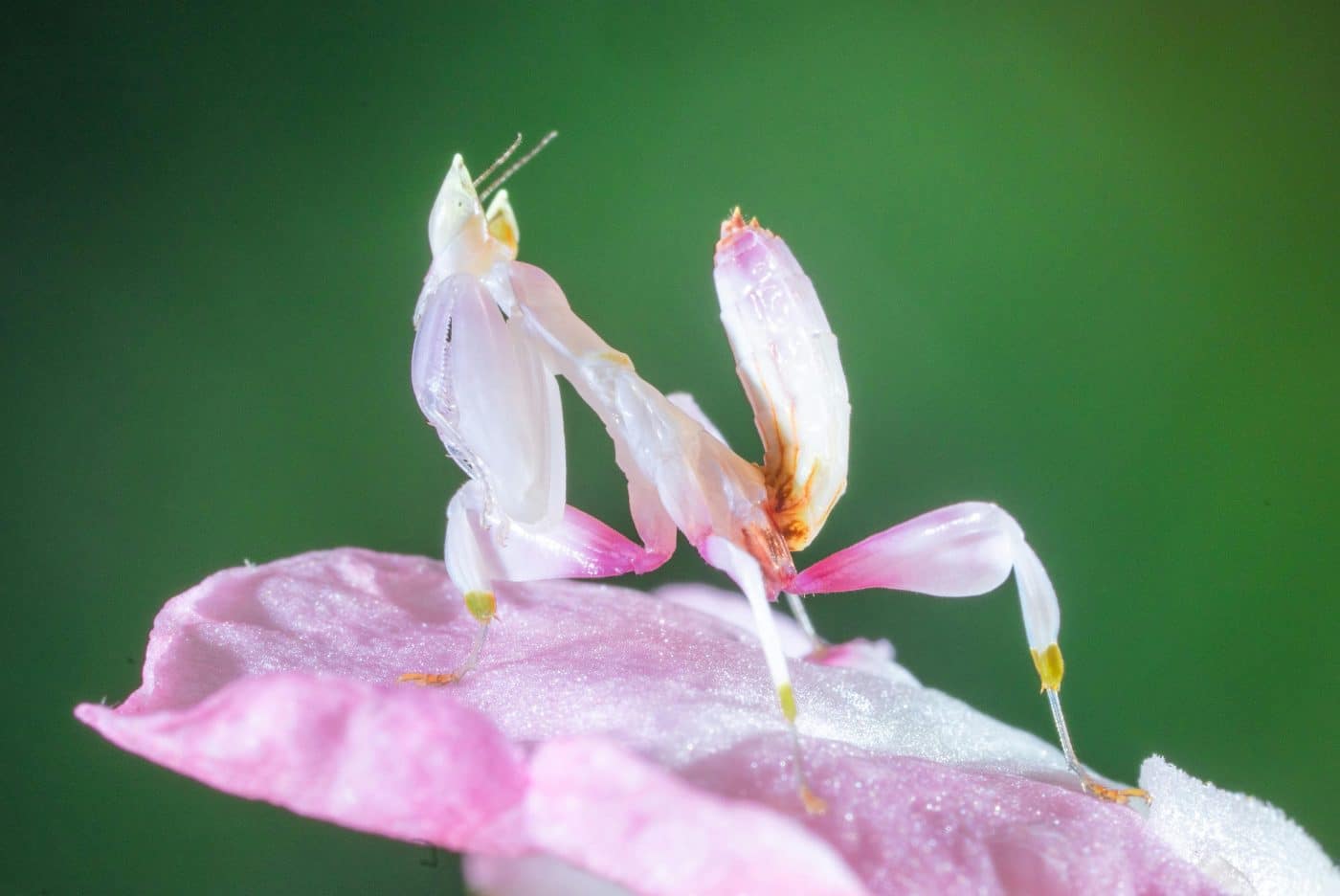
Nature sure knows how to play hide-and-seek, and these animals have mastered the art of disappearing in plain sight. From the tree-dwelling leaf-tailed geckos to the ocean’s elusive mimic octopus, these creatures remind us that sometimes, blending in is the best way to stay safe—and get ahead. So next time you’re playing a game of hide-and-seek, don’t forget that Mother Nature’s camouflage champions are probably way ahead of you in the “hide” department!
The post 12 Animals That Are Camouflage Masters You Have To See To Believe appeared first on iHeartDogs.com.
via Whisker Therapy